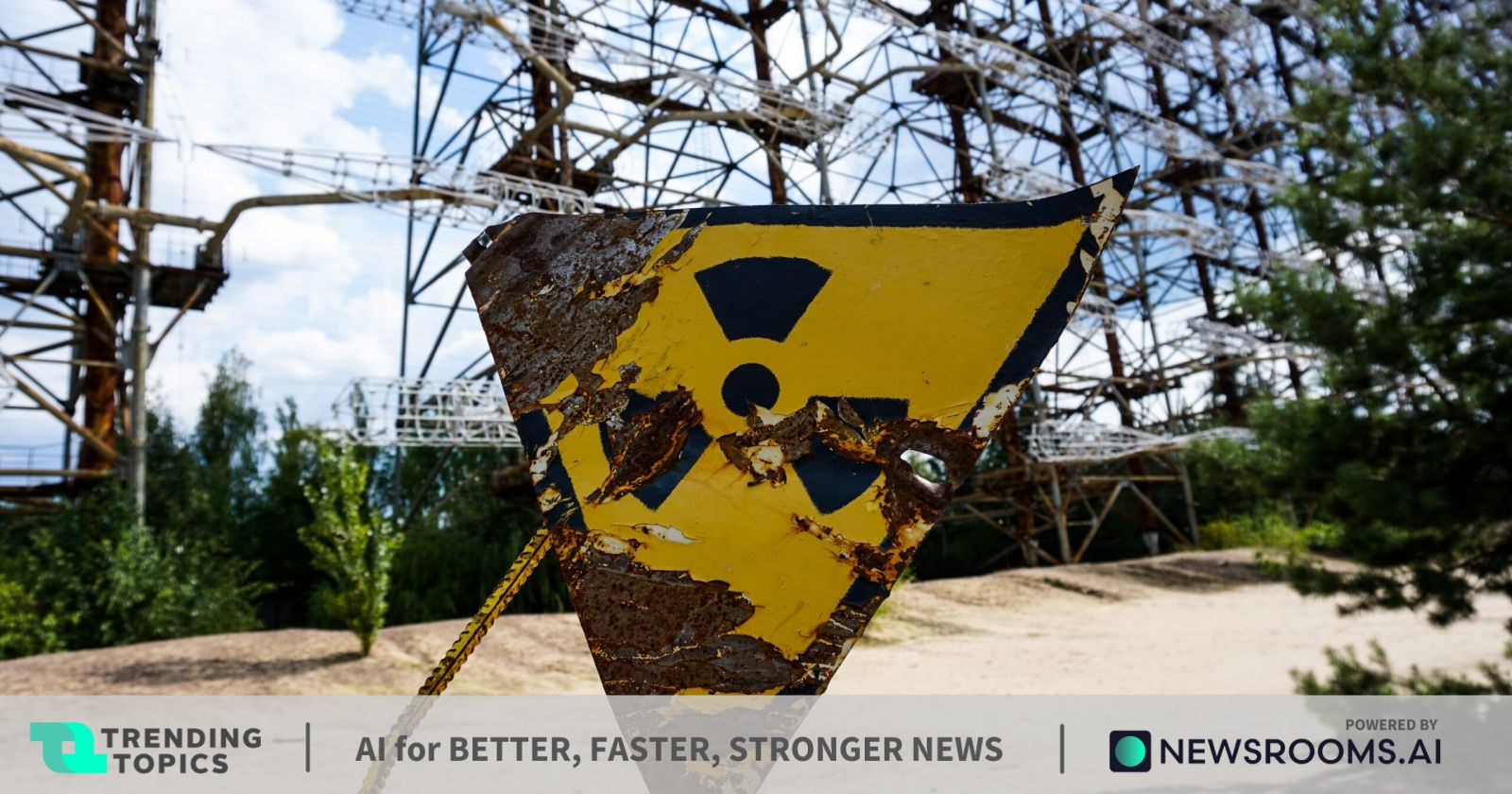Today, during the world climate summit COP28, more than 20 countries from four continents adopted a declaration of intent to triple nuclear energy. The declaration aims to recognize the “key role of nuclear energy” in reducing global greenhouse gas emissions to zero by 2050 and keeping the 1.5 degree target within reach.
Key elements of the declaration include working together to triple global nuclear energy capacity by 2050, as well as calling on international financial institutions to include nuclear energy in their lending policy. The signatory states include the United States, Bulgaria, Canada, the Czech Republic, Finland, France, Ghana, Hungary, Japan, the Republic of Korea, Moldova, Mongolia, Morocco, the Netherlands, Poland, Romania, Slovakia, Slovenia, Sweden , Ukraine, the United Arab Emirates and the United Kingdom.
Countries that are traditionally against nuclear energy, such as Germany and Austria, are not included. China, which is setting a good pace when it comes to nuclear power plants, is also missing from the statement. In any case, other countries are called upon to join the declaration. The states mentioned assured each other of “the highest standards of safety, sustainability, security and non-proliferation” as well as “responsible and long-term disposal of fuel waste”. Japan, one of the participating countries, reportedly pumped radioactively contaminated Fukushima cooling water into the Pacific this year (more on that here).
Nuclear power: City of Vienna criticizes Czech Republic’s plans for mini-nuclear power plants
Smaller than solar energy
The declaration describes nuclear power as the “second largest source of clean, disposable baseload electricity generation.” Not mentioned is solar energy, which, thanks to its strong expansion since 2019, generates more electricity worldwide than nuclear power plants. It is argued that analyzes by the OECD Nuclear Energy Agency and the World Nuclear Association show that the world‘s installed nuclear energy capacity must triple by 2050 in order to achieve net-zero emissions worldwide by then.
But does tripling really need to be done? According to an analysis by the International Energy Agency (IEA), nuclear energy’s share of global net-zero emissions scenarios by 2050 is expected to more than double from 2020 to 2050; A decline in nuclear energy would make achieving net zero emissions more difficult and more expensive – but the IEA does not claim that it is impossible to achieve net zero by 2050 without nuclear power.
It is known that countries such as France and China are pushing ahead with nuclear power plants, although there are massive concerns about costs, economic efficiency, construction time, the risk of accidents and the final disposal of nuclear waste. According to a report by the Economist, there are currently 22 nuclear power plants under construction in China, and six to eight new nuclear power plants are expected to come online every year in the future. This means that China is on the verge of overtaking the USA, which currently operates just over 90 nuclear power plants.
Green nuclear power? Nope, keep dreaming
